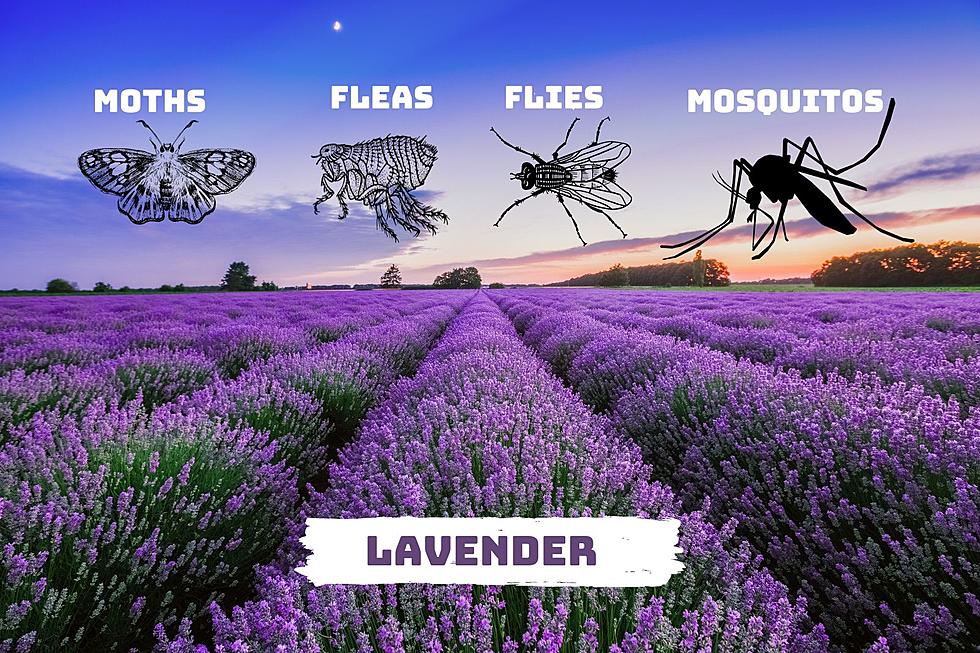
Lose Less Feed to Spoilage and Get More Milk with Silage Inoculants – Ag Matters
As dairy farmers continue to look for ways to make a profit or at least get the margins closer together; thoughts turn to better forage management. Losing less of the harvest and getting maximum nutrients to the herd can improve milk production and lower feed expenses. Cornell Cooperative Extension looks at the benefits of using inoculants.
This gets a little "sciencey," but Field Crop News describes the use of inoculants this way:
Silage inoculants are forage additives containing lactic acid producing bacteria (LAB) and other anaerobic bacteria (such as Lactobacillus buchneri). These inoculants are used to manipulate and enhance fermentation in haylage (alfalfa, grass, cereal), corn silage and high moisture corn. The goals are faster, more efficient fermentation with reduced fermentation losses, improved forage quality and palatability, longer bunk life, and improvements in animal performance. Silage inoculants have become much better and more sophisticated in the last 30 years and warrant a closer look.
Marylynn Collins at CCE has these tips for using them:
The use of silage inoculants to improve fermentation rates or reduce the incidence of feed spoilage can be a profitable move. But how do you know how to select an inoculant and if it will work? Begin by determining what you need. Do you need a fermentation aid or spoilage inhibiter? The answer may be tied to the moisture level of your forage, maturity level and your storage structure. You may need to rely on experiences with the previous year’s feed. If you are considering using inoculants this fall keep the following in mind.
· Comparing individual inoculants can be difficult. Individual labels will vary a great deal so take time to read them completely. The most important thing is the number of live lactic acid bacteria applied per unit of crop. Know the inoculation rate. Buy a product that applies at least 90 billion live bacteria per ton of crop
· Be aware of performance differences. If a product is labeled for corn silage don’t use it on alfalfa and vice versa. Plan in advance so you are not scrambling for enough inoculant. Don’t try to skimp by using expired product. Pay attention to expiration dates and storage recommendations.
· When using liquid products do not dilute with chlorinated water. Chlorine can kill the lactic acid bacteria
· Don’t hesitate to ask for your supplier for independent research data. The proof of a quality product will be in the numbers. Ask the representative about measures the company takes to ensure you receive the targeted 90,000 plus bacteria.
· Inoculants alone will not ensure a successful harvest. Communicate and plan ahead with your harvest crew and nutritionist and implement the following feed management practices.
o Timely harvest
o Adequate packing
o Covering bunks, piles and capping silos
o Clean bunk face management
For more information on inoculants and other Ag Matters contact Cornell Cooperative Extension’s Ag Team at (315) 736-3394 or online Office hours are 8:30 to 4:40 Mon-Fri.
SOURCE: Cornell Cooperative Extension - Marylyn Collins
Field Crop News
More From Big Frog 104









